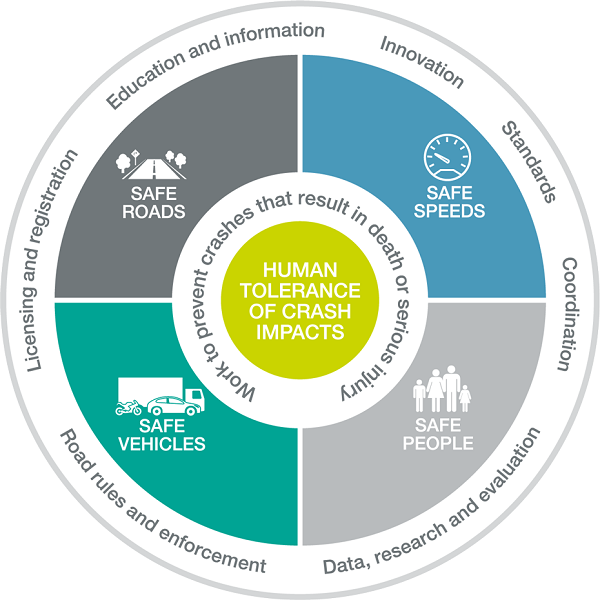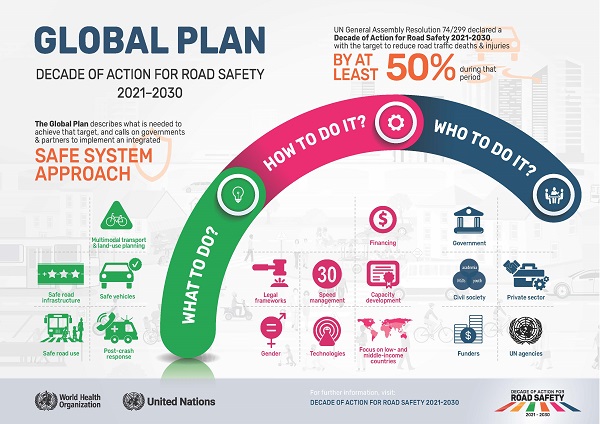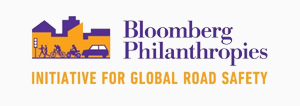





Safe System Approach
Mistakes, errors of judgment and poor decisions are intrinsic to humans. The road system needs to be designed and operated to account for this. Humans are fragile. Unprotected, we cannot survive impacts that occur at greater than around 30km/h. The ‘engineered’ elements of the system – vehicles and roads – can be designed to be compatible with the human element, recognising that while crashes might occur, the total system can be designed to minimise harm, particularly by making roads self-explaining and forgiving of human error.
Identify a lead agency in government to guide the national road safety effort. Assess the problem, policies and institutional settings relating to road traffic injury and the capacity for road traffic injury prevention in each country. Prepare a national road safety strategy and plan of action. Allocate financial and human resources to address the problem. Implement specific actions to prevent road traffic crashes, minimize injuries and their consequences and evaluate the impact of these actions. Support the development of national capacity and international cooperation.
Stage 1 – conduct a country capacity review that addresses recommendations 1-4 and specifies an investment strategy and identifies Safe System implementation projects. Stage 2 – prepare and implement Safe System projects based on good practice solutions that address priorities, and build monitoring and evaluation procedures.
Case Studies
Related Images

Australian National Road Safety Strategy. Image credit: Australian National Road Safety Strategy 
Global Plan Infographic - for the Decade of Action for Road Safety 2021 - 2030. Image credit: WHO/UN








